|
|
|
|
A new waveform inversion workflow: Application to near-surface velocity estimation in Saudi Arabia |
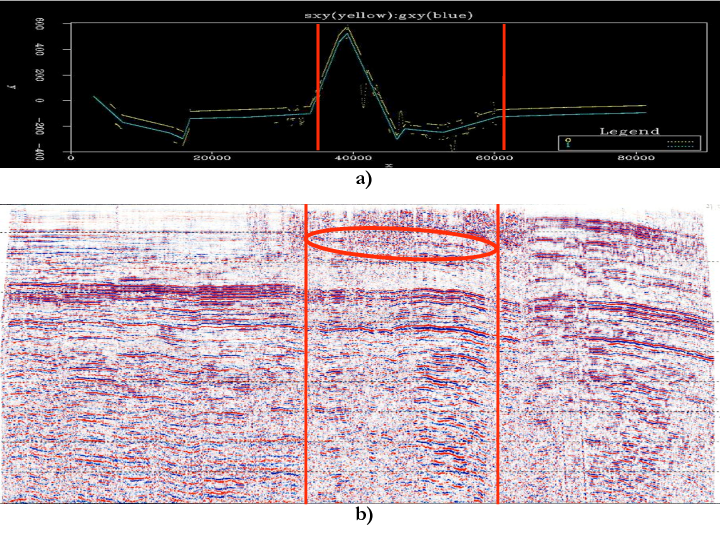
|
|---|
|
geostack
Figure 5. A land 2D data case showing a) the x,y source receiver geometry, and b) the stacked. The area for waveform inversion is between the vertical red lines. Blue indicates source, and yellow indicates receiver locations. [NR] |
|
|
The starting model and final results are shown in Figure 6. The inversion result after the wave-equation traveltime inversion shows a continuous low velocity event in the upper middle portion of the section
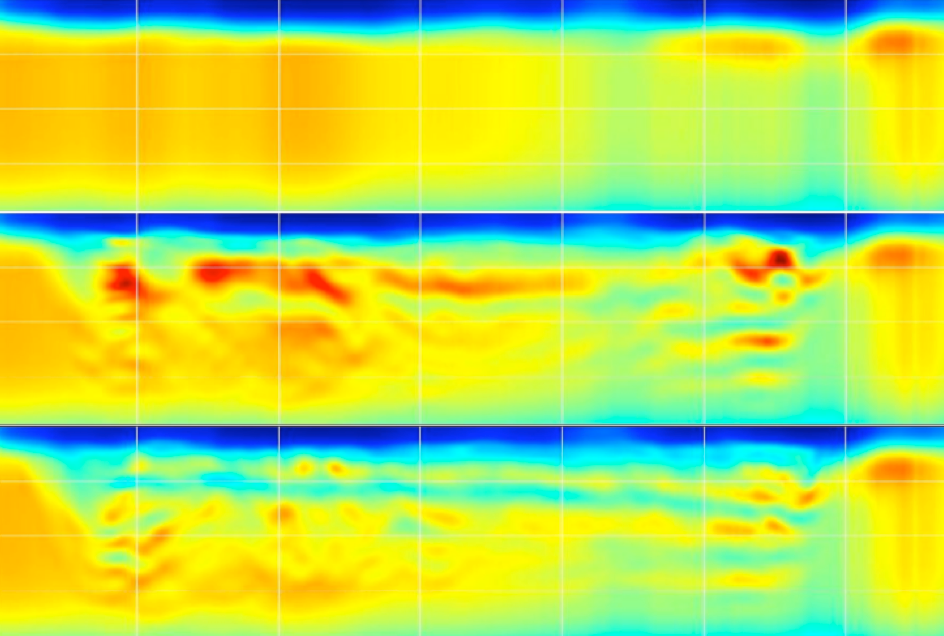
|
|---|
|
threevel
Figure 6. Starting depth velocity model using ray-based tomography (top), and waveform inversion results without (middle) and with (bottom) wave-equation traveltime inversion. [NR] |
|
|
The reverse time migrated (RTM) images in Figure 7 clearly show that wave-equation traveltime inversion has improved the final image. Indeed, with better velocities, we get more spatial coherence, particularly in the neighborhood of the low velocity layer where reflections are seen both in the RTM result and on the stacked section in Figure 5 (indicated by the red ellipse).
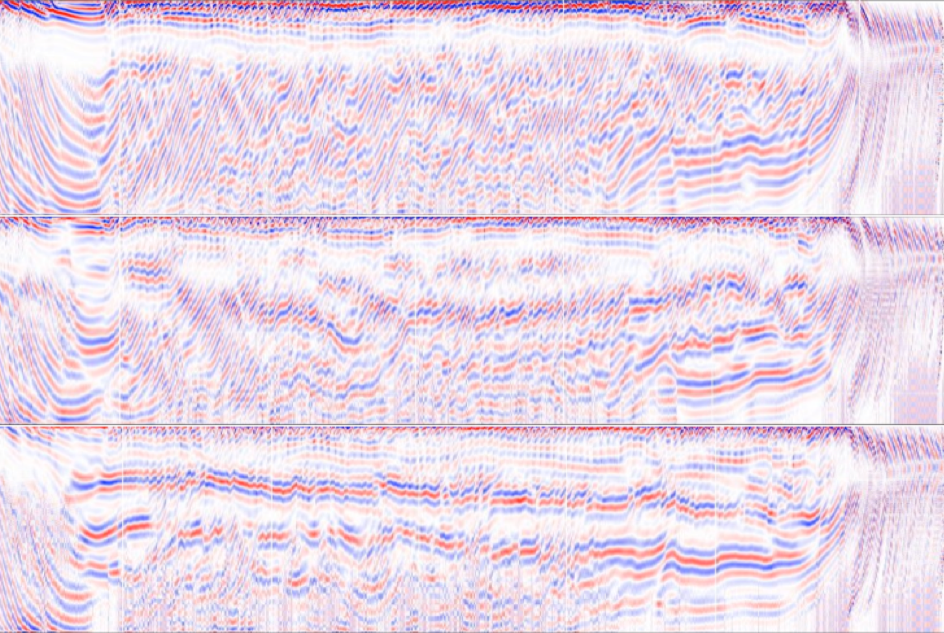
|
|---|
|
threeimg
Figure 7. RTM images corresponding to the starting depth velocity model using ray-based tomography (top), and to the waveform inversion results without (middle) and with (bottom) wave-equation traveltime inversion. [NR] |
|
|
Figure 8 shows ray tracing through the final velocity model within the data offsets used for inversion. This display verifies the depth of the valid velocity model updates, which in this case confirmed that the low velocity layer is indeed the result of inversion rather than an artifact. Since we are matching waveforms, it is also important to compare the modeled data with the input refraction data (Figure 9). It can be seen that waveforms and traveltimes match quite well despite differences in absolute amplitude. However, these difference are not a problem for the waveform-based waveform inversion objective function proposed by Shen (2010). Based on these results, the wave-equation traveltime inversion step seems to considerably improve the final results. This improvement could also be explained by the fact that the ray-based model was not totally consistent with the waveform inversion algorithm used.
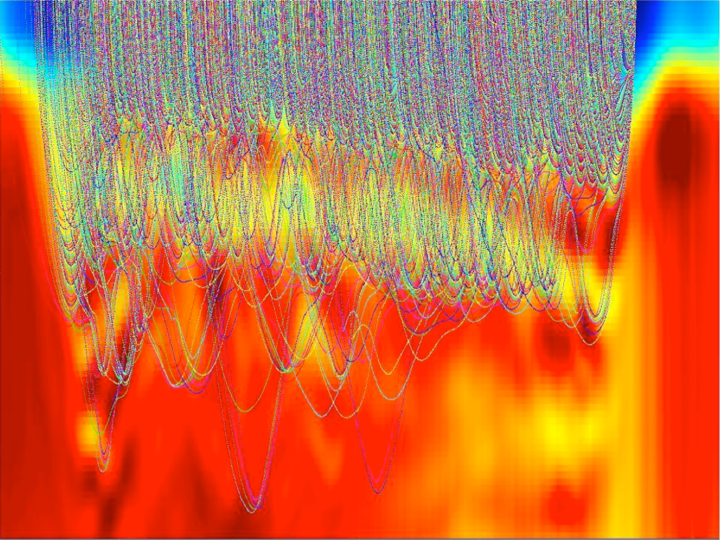
|
|---|
|
realray
Figure 8. Ray tracing through the final velocity model. This shows that low velocity layer is indeed from inversion instead of being an artifact. [NR] |
|
|
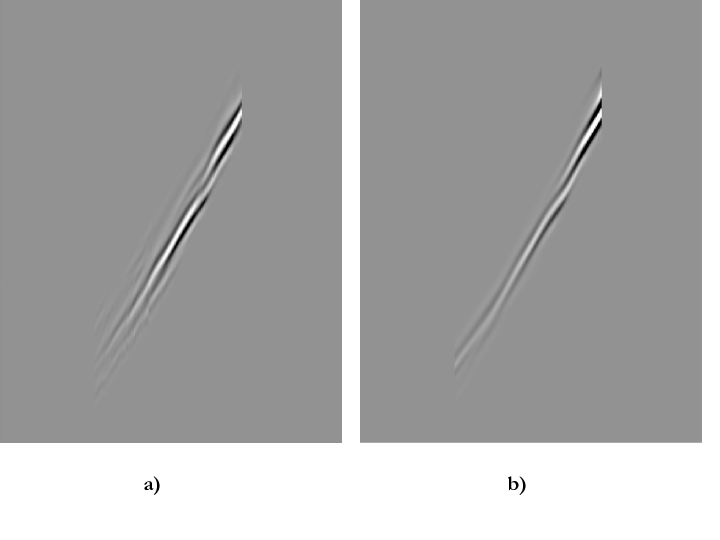
|
|---|
|
realcomp
Figure 9. Comparison of a) input and b) modeled refractions. Note the similar kinematics despite minor differences in absolute amplitudes. [NR] |
|
|
|
|
|
|
A new waveform inversion workflow: Application to near-surface velocity estimation in Saudi Arabia |